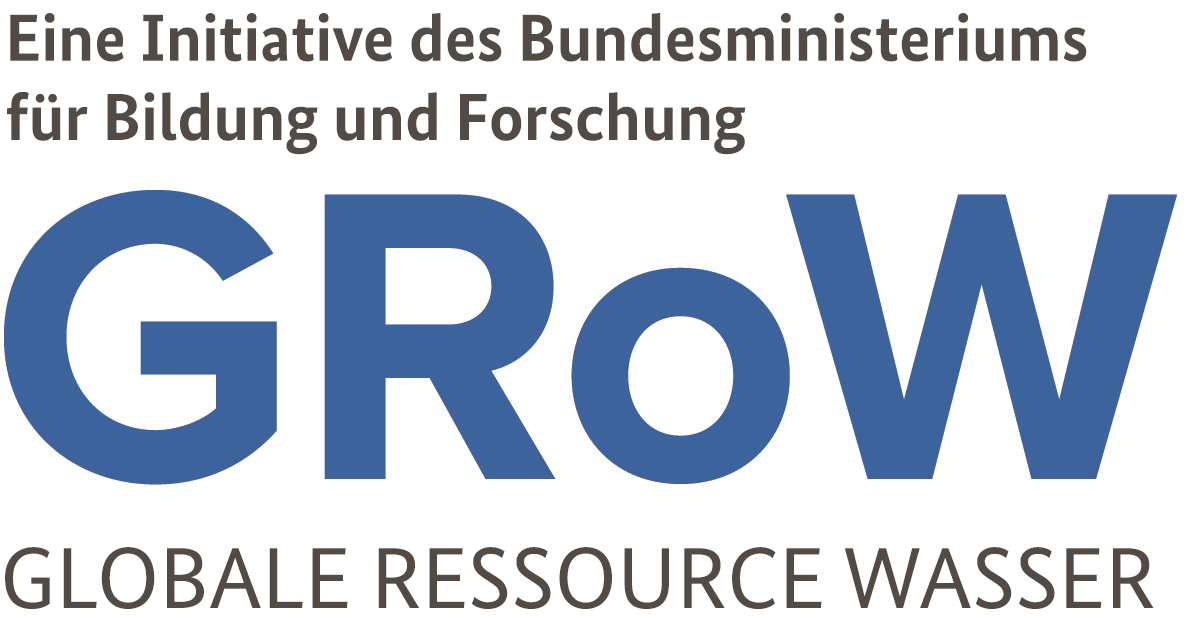MuDaK-WRM looks back on three and a half years of applied research to better assess water quality in reservoirs
| Date |
Date
|
Between 2017 and 2021, the German-Brazilian MuDaK-WRM project consortium led by the Karlsruhe Institute of Technology (KIT) examined how the water quality in reservoirs in regions with little data can be monitored and evaluated in an easier and more efficient way. The project results include the development of user-friendly, globally applicable monitoring approaches, models and measurement techniques as well as the identification of urgent challenges with regard to effects of climate change.
Since the existing input model takes into account a large number of information, the project team focused on two specific input factors: sediment input through erosion on land, and wastewater input from the urban surrounding. User-friendly models and measurement techniques were developed to ensure applicability in regions with limited data availability. At the same time, the automatization of satellite data processing ensures a high level of accuracy and transferability of the models. The researchers created an online platform (Sensor Web), which enables data to be recorded, saved and evaluated.
While the project results give hope, they also indicate a need for further action: For example, it has been proven that afforestation of only three percent of the agricultural area in the catchment area of the Brazilian Passaúna reservoir can lead to a reduction in sediment input of up to 26 percent. At the same time, however, it is shown that due to climate change, nutrients bound in the sediment can deteriorate the water quality in deeper layers of reservoirs. In order to identify and counteract this risk in the future, additional monitoring of the water condition and the composition of the lake's sediment is required.
Read the complete press release on MuDaK-WRM’s project results with assessments by the project coordinator Dr. Stephan Hilgert here (in German language only).
